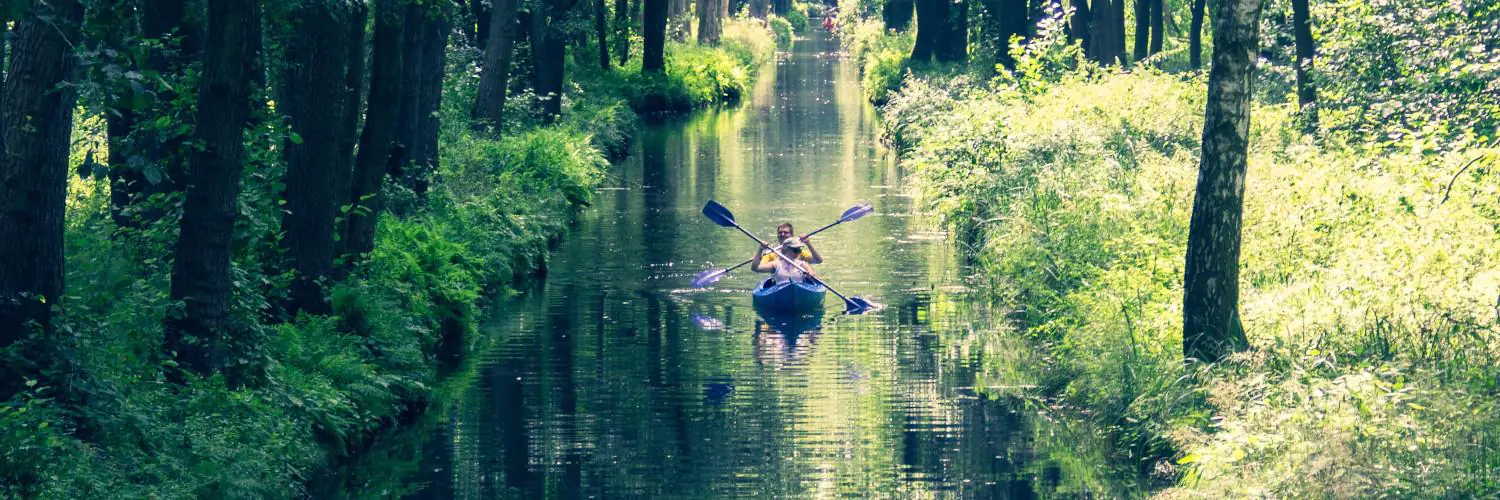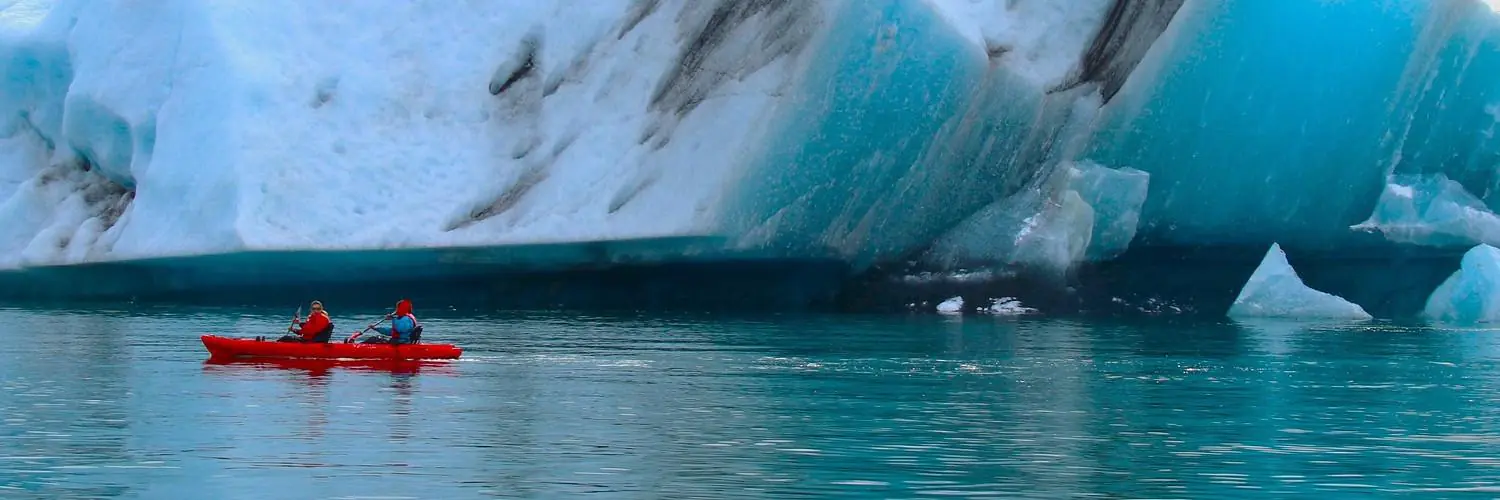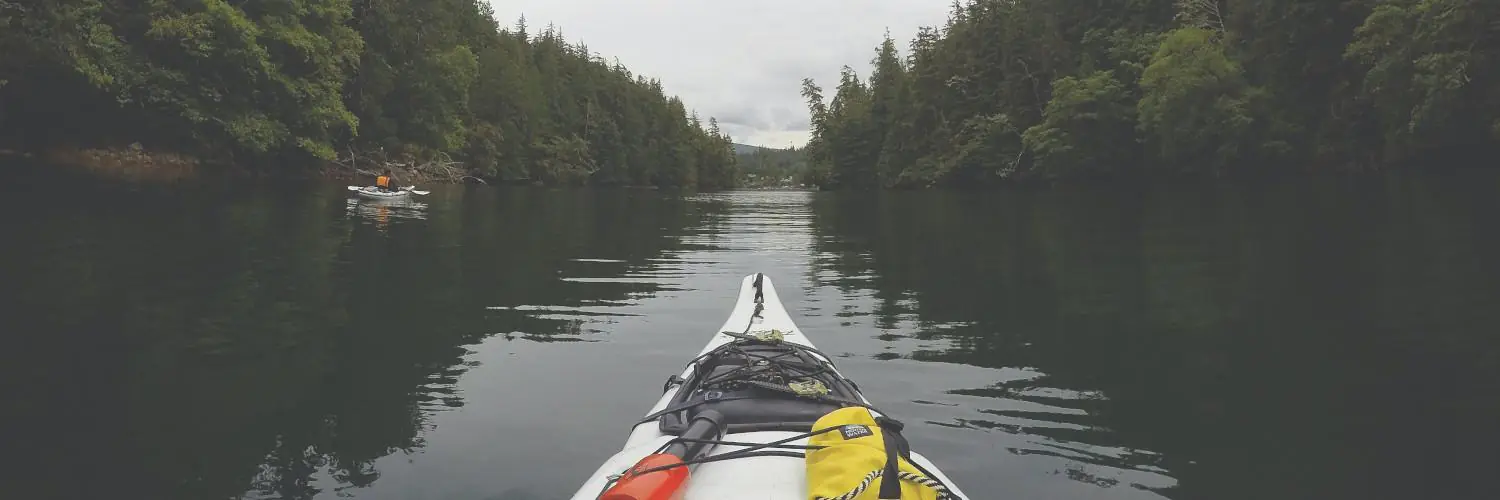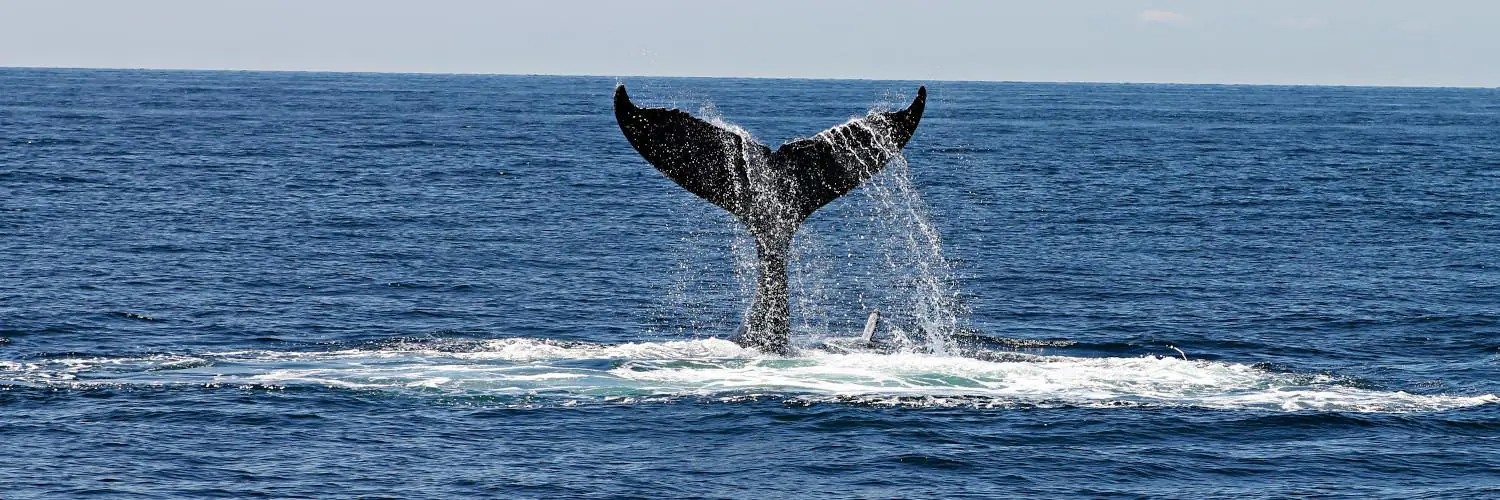Honeymoon Island State Park is a prized destination for beach enthusiasts and nature lovers, offering a tranquil getaway with its crystal-clear waters and sandy shores. Located off the coast of Dunedin, Florida, this barrier island boasts four miles of picturesque beaches and a range of outdoor activities. Among these, snorkeling is a popular choice, providing swimmers with the opportunity to explore marine life in the shallow waters surrounding the island.
The island’s main beach is well-equipped for visitors, featuring amenities such as restrooms, parking facilities, and a café. This makes it an accessible spot for families and individuals looking to enjoy a day of snorkeling. The underwater vistas around Honeymoon Island allow snorkelers to glimpse a variety of aquatic species in their natural habitats. The warm Gulf Coast waters are inviting, ensuring that snorkelers of all ages can partake in the experience comfortably.
Keeping in mind the conservation of the local ecosystem, Honeymoon Island State Park also presents nature trails and opportunities for wildlife observation, complementing the snorkeling experience. It encourages an appreciation for the environment while offering a memorable beach day for those seeking to swim and explore the underwater world. With Honeymoon Island’s emphasis on natural beauty and preservation, it holds a unique appeal for snorkelers who cherish both recreation and respect for marine ecosystems.
Table of Contents
Planning Your Snorkeling Adventure
A successful snorkeling trip requires careful planning to ensure comfort, safety, and an optimal underwater experience. Key factors such as timing, equipment, and preparation are crucial.
Best Time to Visit
For snorkeling in Honeymoon Island, Florida, the best time to visit is typically between spring and early fall. During these months, visitors will experience warmer waters and calmer seas, ideal for snorkeling.
- Spring (March to May): Moderate temperatures and less crowded beaches.
- Summer (June to August): Warmer waters, but more visitors.
- Fall (September to November): Diminishing crowds and pleasant water temperatures.
What to Bring
Essential snorkeling gear includes a mask, snorkel, and fins. It’s important to choose a comfortable fitting mask to avoid leaks. A snorkel with a purge valve can enhance ease of breathing. For personal comfort, one might consider a wetsuit if planning to snorkel for an extended period, especially outside of the summer months. Additionally, environmentally friendly sunscreen is a must to protect skin from sun exposure while snorkeling.
Recommended Gear Checklist:
- Snorkel
- Mask
- Fins
- Wetsuit (optional, based on personal preference and season)
- Biodegradable sunscreen
- Towels
- Swimwear
Preparing for Your Trip
Preparation for snorkeling on Honeymoon Island includes being aware of the potential costs. While snorkeling is a relatively inexpensive activity, one should budget for gear rental prices if not bringing their own equipment. A visitor must also prepare for the physical aspect of snorkeling by practicing swimming, as strong swimming skills are essential for safety and enjoyment while exploring marine environments.
Exploring Honeymoon Island State Park
Honeymoon Island State Park offers a diverse coastal experience with its pristine beaches and convenient amenities. Visitors can expect easy access to the park’s beautiful spaces and a range of facilities designed to enhance their visit.
Beach Layout and Access
The main beach of Honeymoon Island State Park is known for its expansive white sand stretching along the Gulf of Mexico. To the north, North Beach provides visitors with a quieter atmosphere for relaxation and swimming. Both areas are easily reachable from the parking lots, with paths leading directly to the beach. Dunedin Causeway connects the park to the mainland, facilitating visitor access. Moreover, the park serves as the gateway to Caladesi Island, with a ferry service available for those looking to explore adjacent natural areas.
- Main Beach: Central hub near park amenities.
- North Beach: Secluded space for a peaceful visit.
Park Facilities and Amenities
Visitors to Honeymoon Island State Park can enjoy well-maintained park facilities. A concession stand offers refreshments, while picnic areas and a picnic pavilion provide perfect spots for family gatherings or a leisurely lunch. Restrooms are conveniently located near the main beach areas. For pet owners, the park includes a dog beach where furry friends can play. Additionally, ample parking lots make the visit hassle-free, and the park’s ferry service allows for easy trips to and from Caladesi Island.
- Concession Stand: Snacks and rental gear available.
- Picnic Area & Pavilion: Spots for meals and shade.
- Restrooms: Accessible facilities for comfort.
- Dog Beach: Designated area for pets.
- Ferry Service: Connects to Caladesi Island.
Visiting Honeymoon Island State Park, one enjoys the ease of coastal exploration alongside the comforts of thoughtful amenities.
Snorkeling Destinations and Wildlife
Snorkeling destinations around Honeymoon Island offer a variety of underwater landscapes and opportunities for wildlife encounters. Each spot provides unique experiences for snorkelers.
Popular Snorkeling Spots
- Bonaire: Noted as a premier destination, Bonaire presents more than 70 beach-accessible snorkeling sites featuring vibrant coral reefs.
- Caladesi Island State Park: Accessible via ferry from Honeymoon Island, snorkelers often spot diverse sea life in its clear waters.
- Egmont Key: A short boat trip away, the island is known for historic ruins submerged underwater that create artificial reefs teeming with marine life.
- Clearwater Beach: While not famous for snorkeling, the beach is in proximity to better snorkeling locations, offering clear waters and occasional dolphin sightings.
Marine Life Encounters
- Reef Fish: Snorkelers can expect to see various species of colorful reef fish inhabiting the warm Floridian waters.
- Dolphins: These intelligent mammals are often seen closer to the Gulf Coast, especially around Clearwater Beach and sometimes near snorkeling sites.
- Sea Turtles: Endangered sea turtles are occasional visitors that can be spotted in protected areas around reefs.
- Manatees: These gentle creatures, also known as sea cows, may be encountered in Florida waters, especially in areas like Egmont Key and near seagrass beds.
Onshore and Offshore Activities
Visitors to Honeymoon Island State Park have an array of activities to choose from, ranging from exploring natural trails on land to engaging in aquatic adventures at sea.
Hiking and Biking
Honeymoon Island State Park is home to several nature trails, which provide hikers and bikers with scenic routes through diverse habitats. Among these, the Osprey Trail offers a chance to spot wildlife and delve into the island’s natural beauty. Bicycling enthusiasts can enjoy riding on designated paths, experiencing first-hand the park’s serene landscapes.
- Nature Trails: Spot local wildlife and flora while traversing the trails.
- Bicycling Paths: Paved paths suitable for a leisurely ride or a more challenging workout.
Boating and Kayaking
For those looking to take to the waters, sailing and kayaking opportunities abound. Visitors can rent kayaks to explore the calm waters around the island and make their way to nearby Caladesi Island. Fishing is a popular pastime, with options for shore fishing or setting out on a chartered boat. Various charter companies within close proximity offer boating excursions for a memorable sea adventure.
- Sailing: Experience the Gulf of Mexico with boat rentals available on the island.
- Kayak Rentals: Paddle around the island or to the neighboring Caladesi Island.
- Fishing: Cast a line from the shore or join a fishing charter for deeper waters.
Ecological Conservation and Wildlife Protection
Protecting the rich ecosystems of Honeymoon Island State Park is crucial to maintaining the balance between recreation and conservation of nature. The park’s initiatives focus on safeguarding various habitats, from the mangroves nestled in the Gulf of Mexico to the species reliant on these environments.
Environmental Efforts
State parks like Honeymoon Island play a pivotal role in ecological conservation by implementing measures designed to preserve natural resources. On Honeymoon Island, environmental efforts concentrate on:
- Habitat Restoration: Restoring mangrove forests and coastal vegetation to support wildlife and protect against erosion.
- Pollution Mitigation: Reducing pollution through stringent waste management protocols and advocating for the cleanliness of park waters in the Gulf of Mexico.
These endeavors ensure that the diverse ecosystems within the park, including those that support gopher tortoises, armadillos, and sea turtles, continue to thrive.
Responsible Wildlife Watching
The park encourages a responsible approach to wildlife observation, fostering an environment where animals can live undisturbed. Guidelines for visitors include:
- Observing at a Distance: To protect species like eagles, raccoons, and ospreys, visitors are advised to maintain a safe and respectful distance.
- Staying on Designated Trails: The Osprey Trail is one of the trails that ensure humans do not encroach wildlife habitats unnecessarily.
Through these subsections of conservation, Honeymoon Island State Park nurtures its vibrant ecosystems, allowing visitors to enjoy nature while ensuring the protection of local wildlife.








